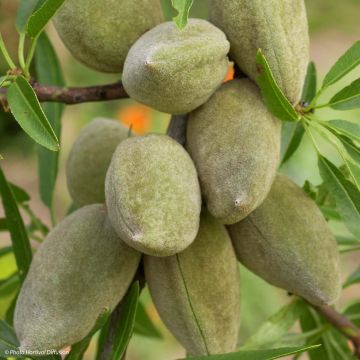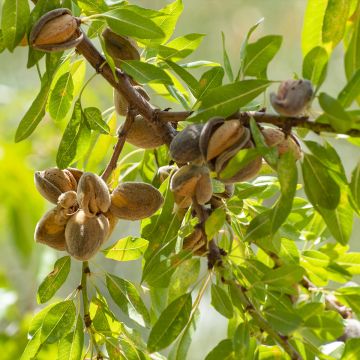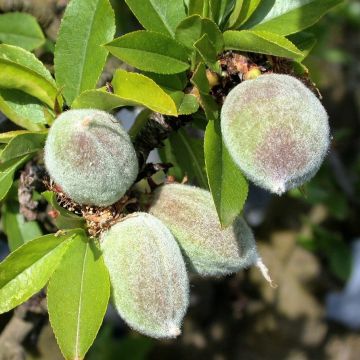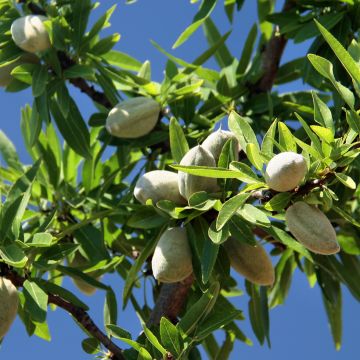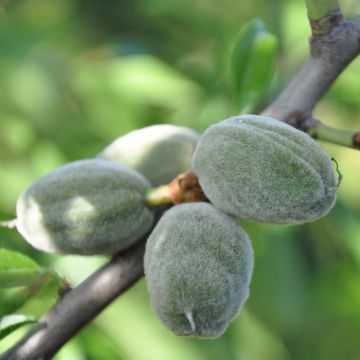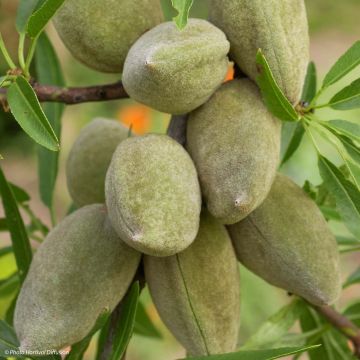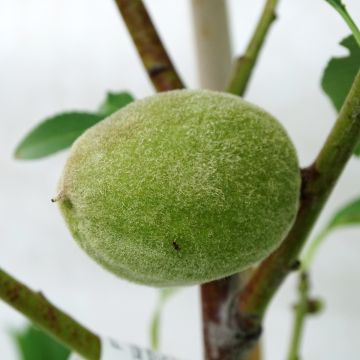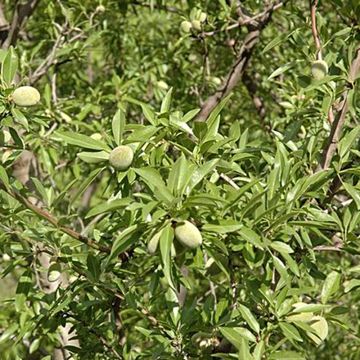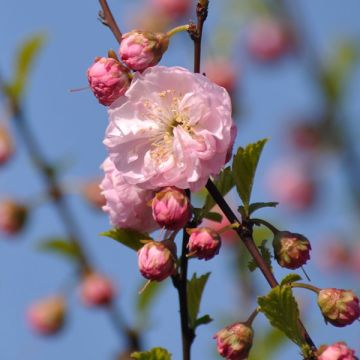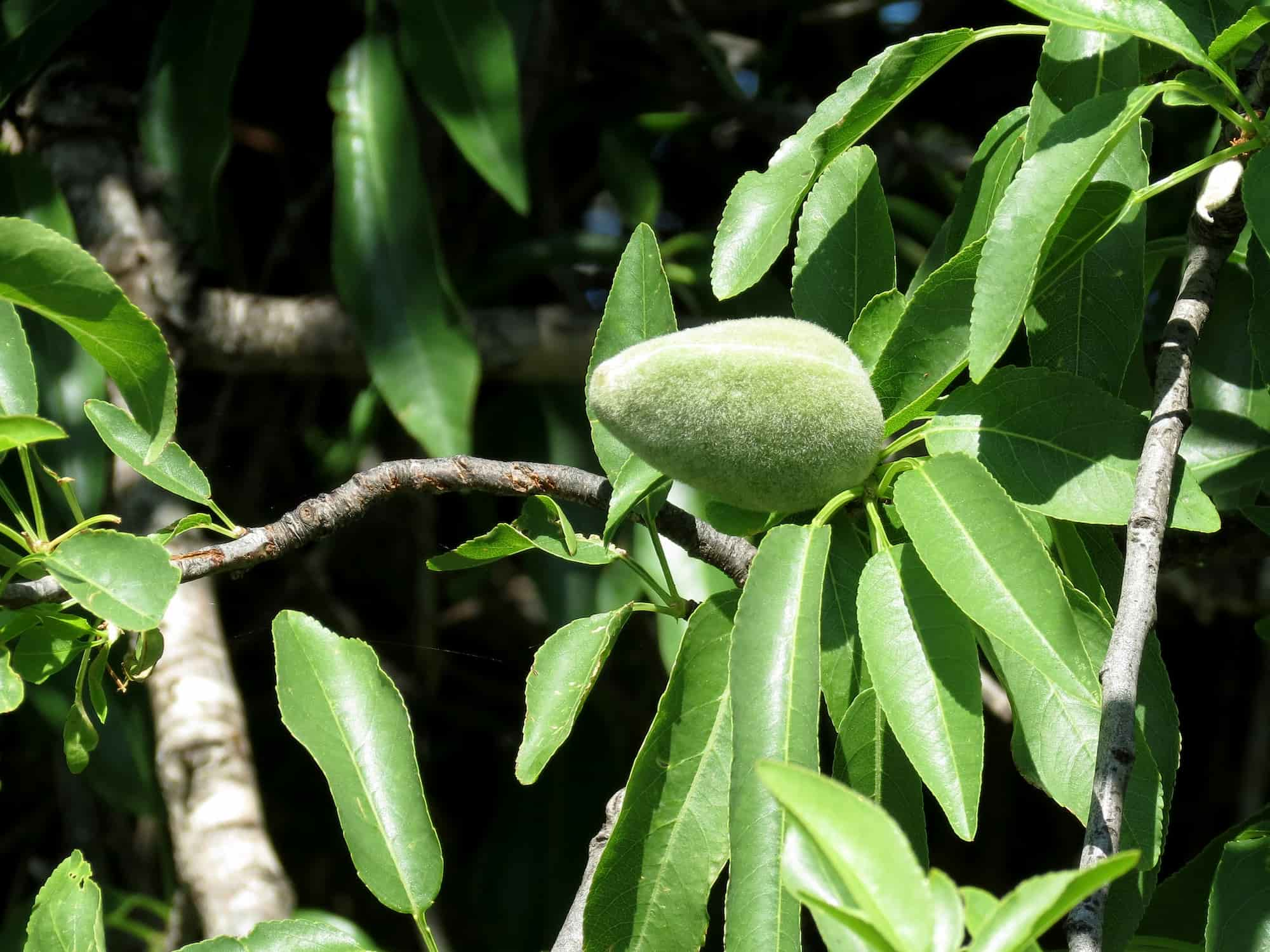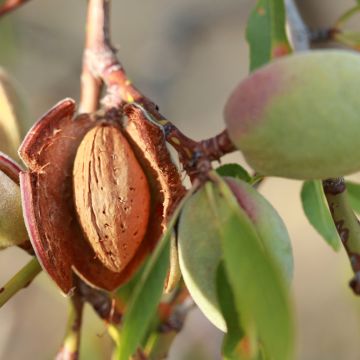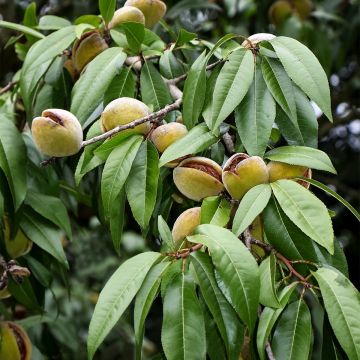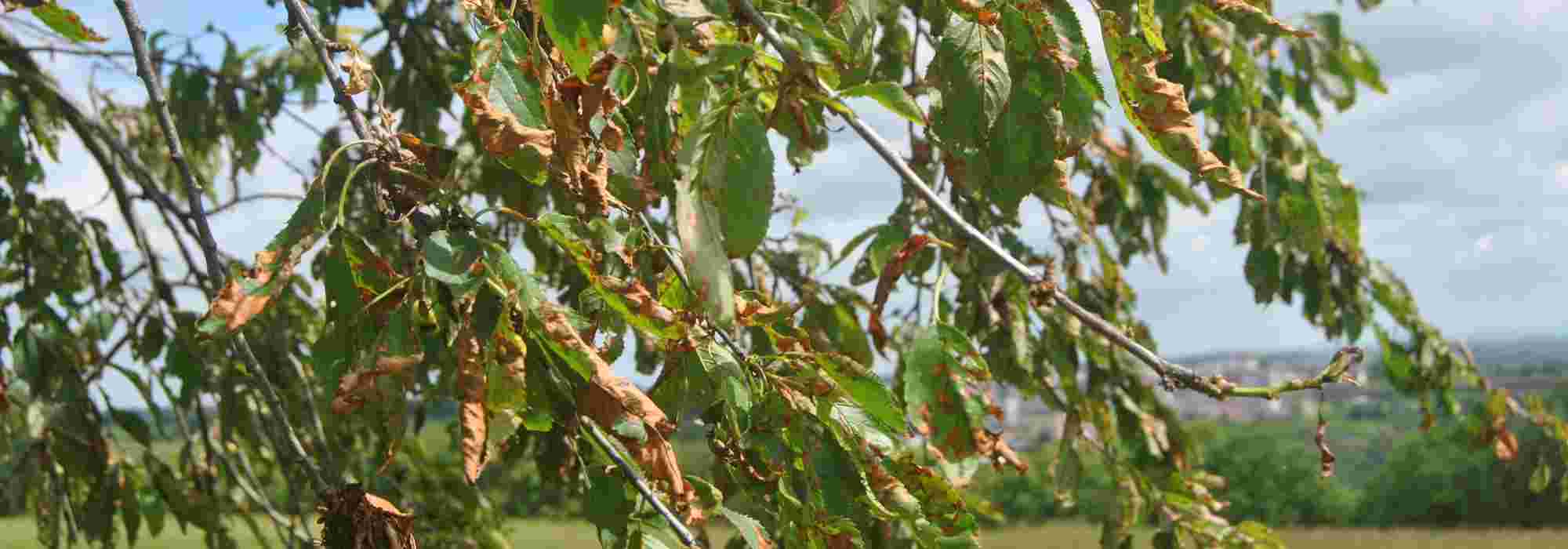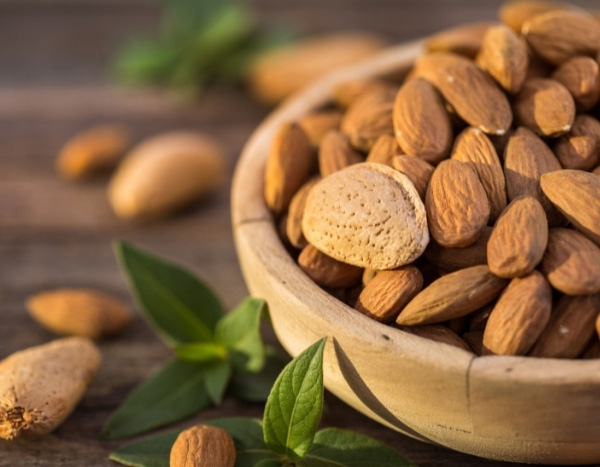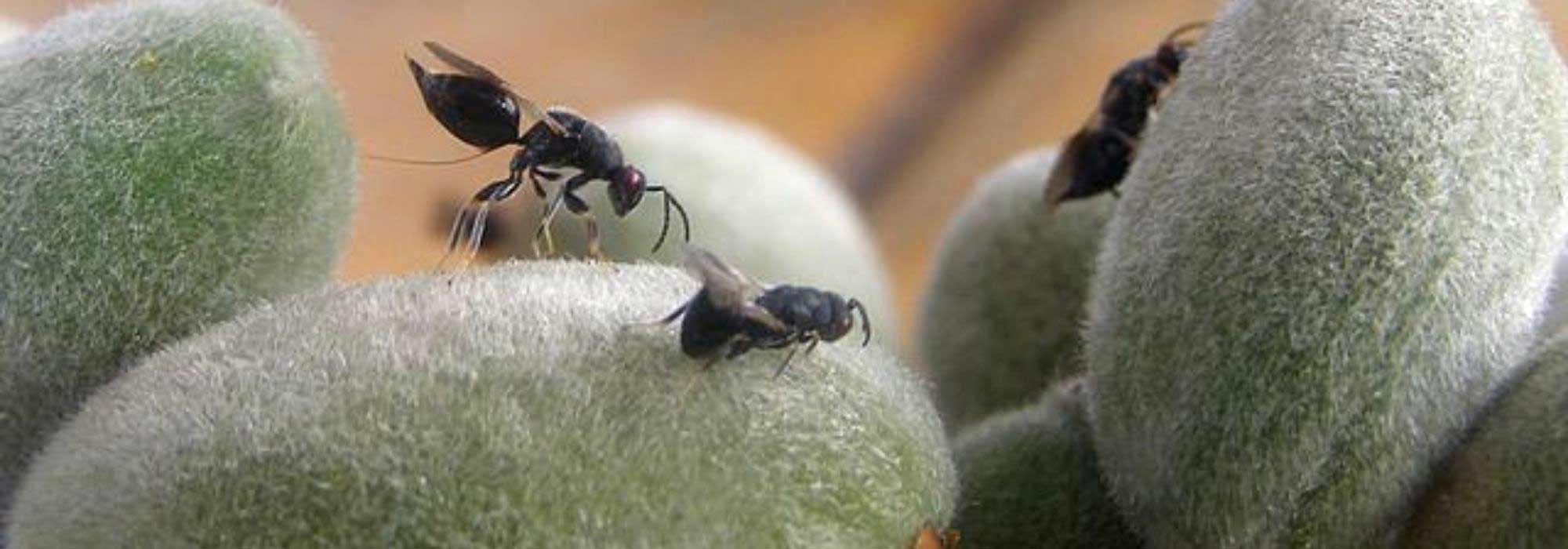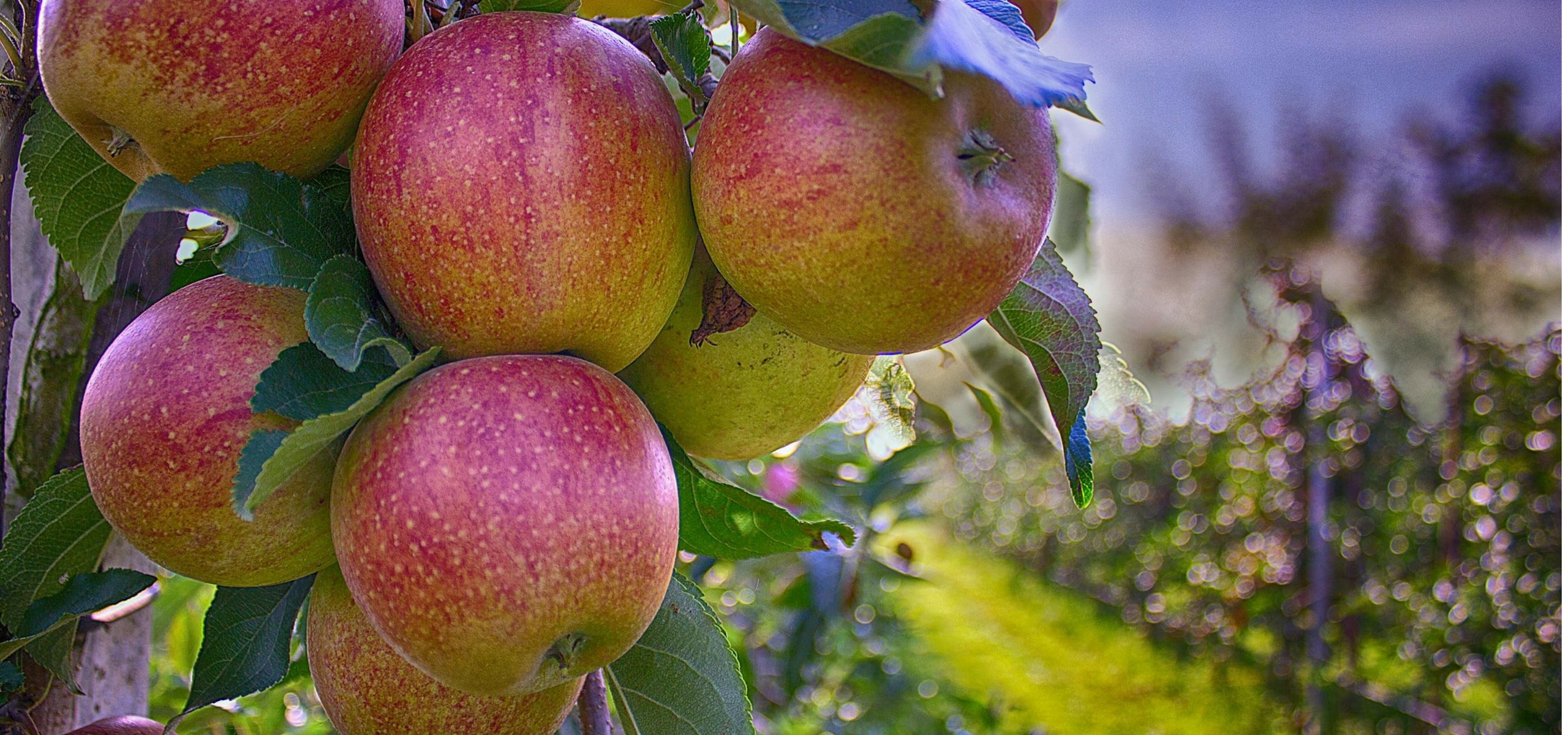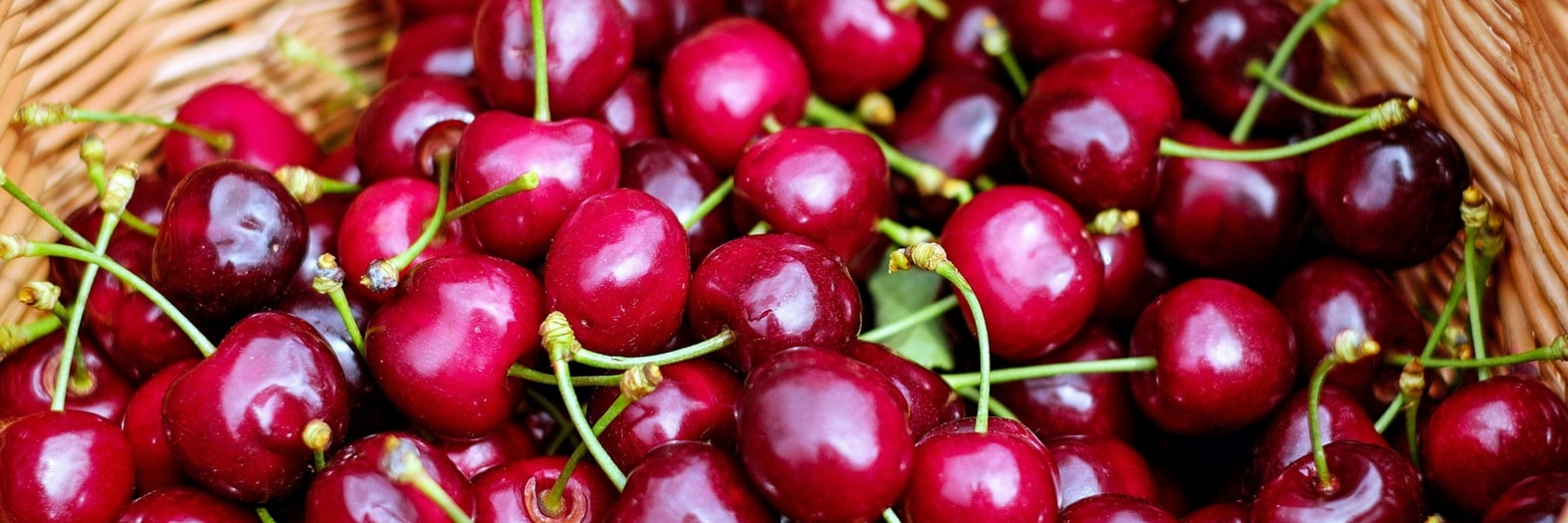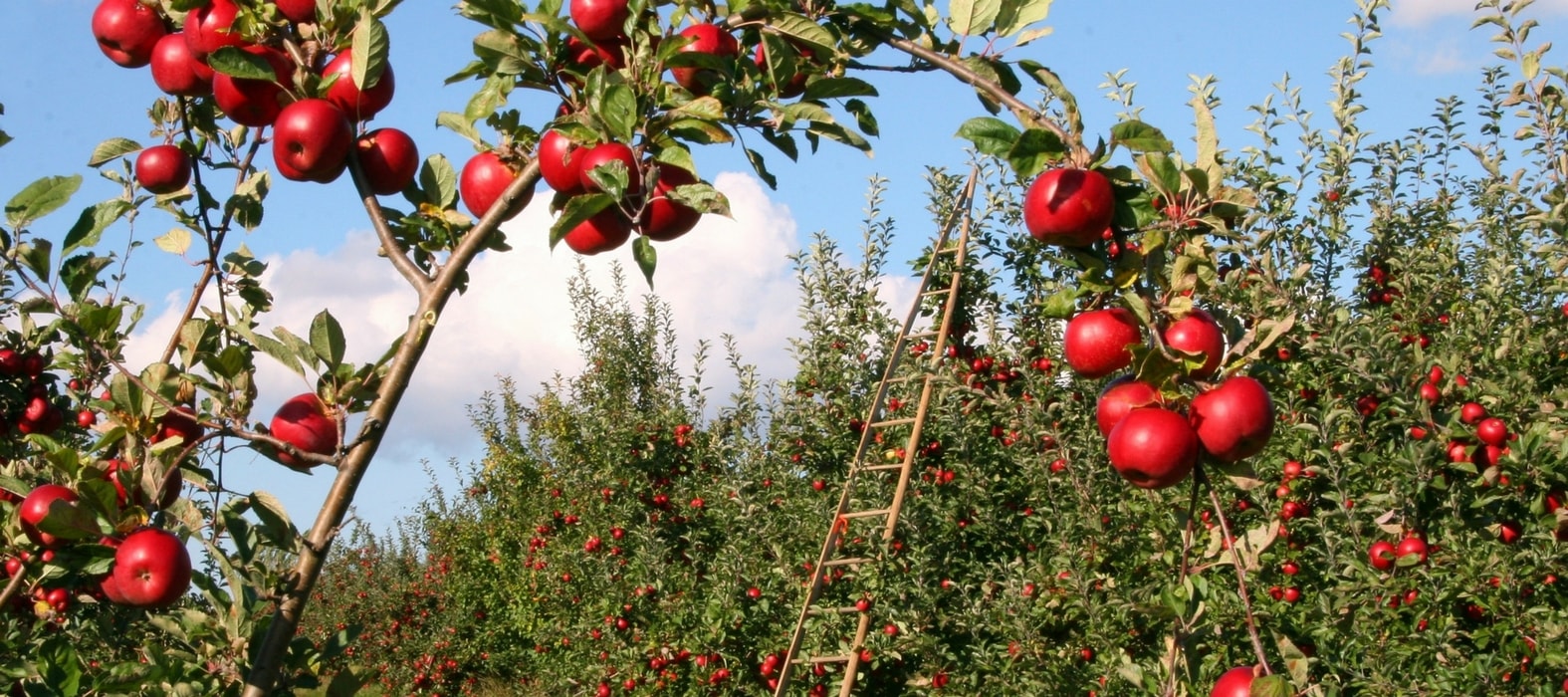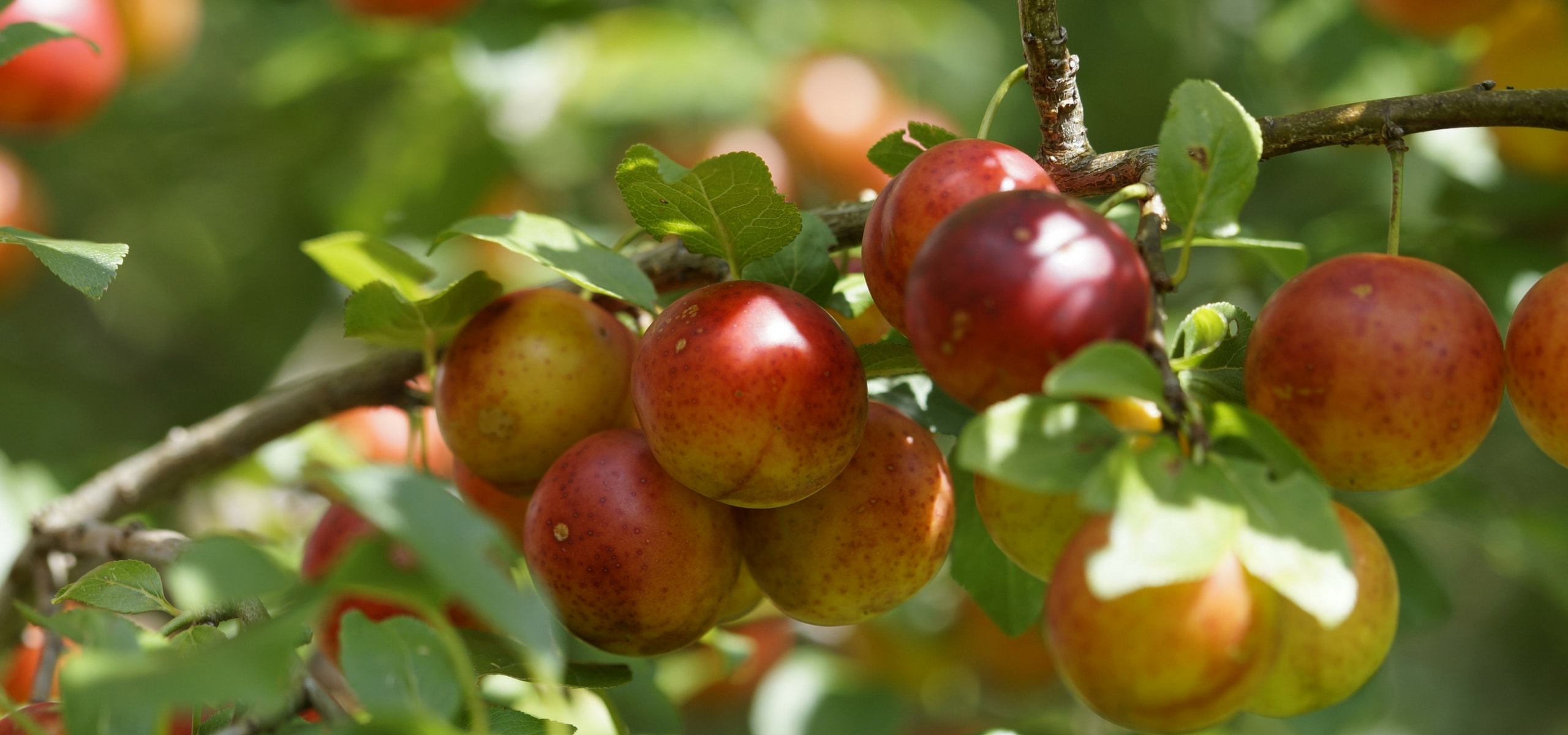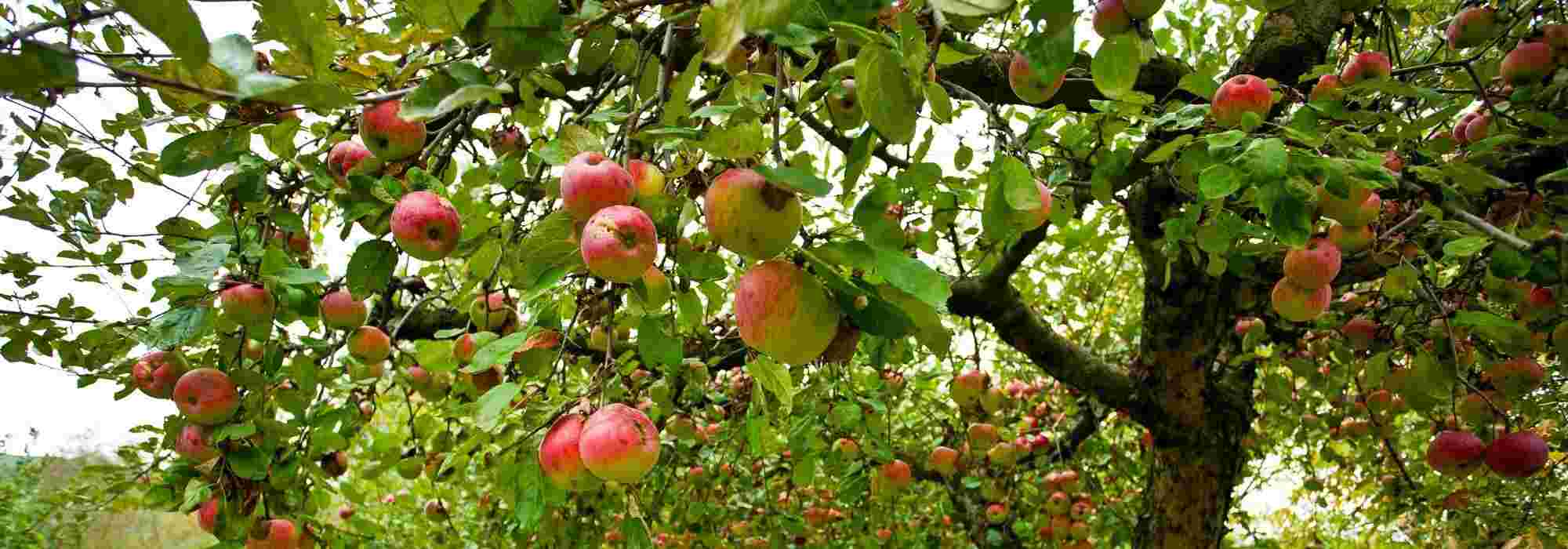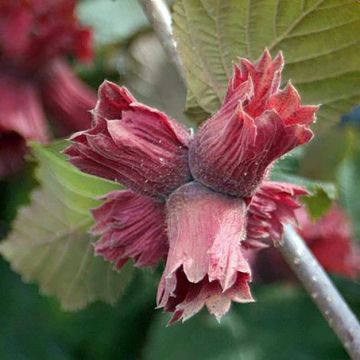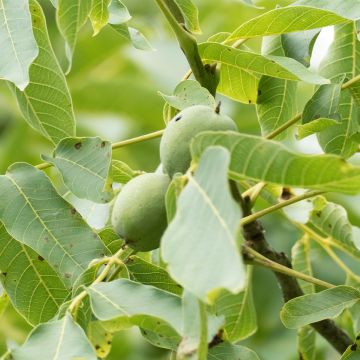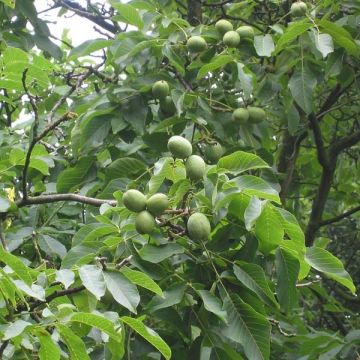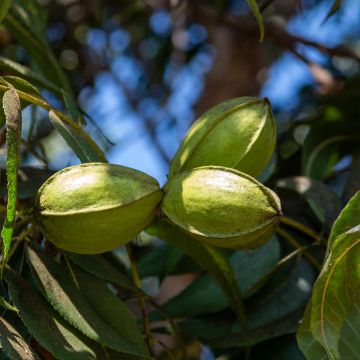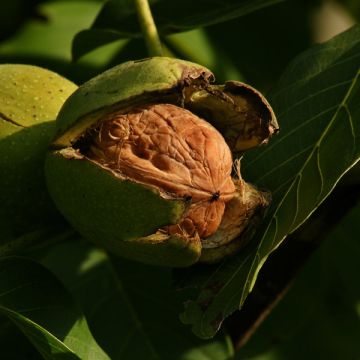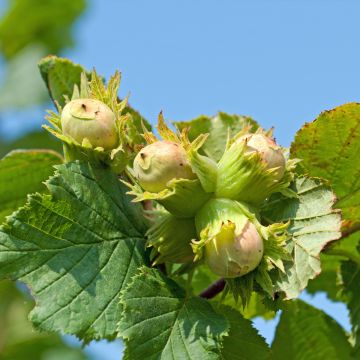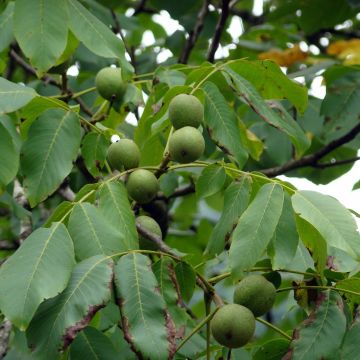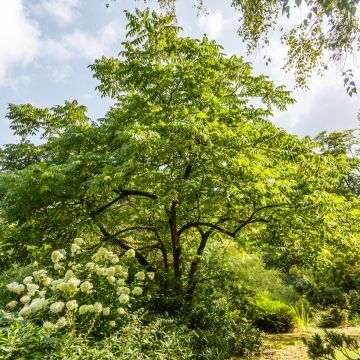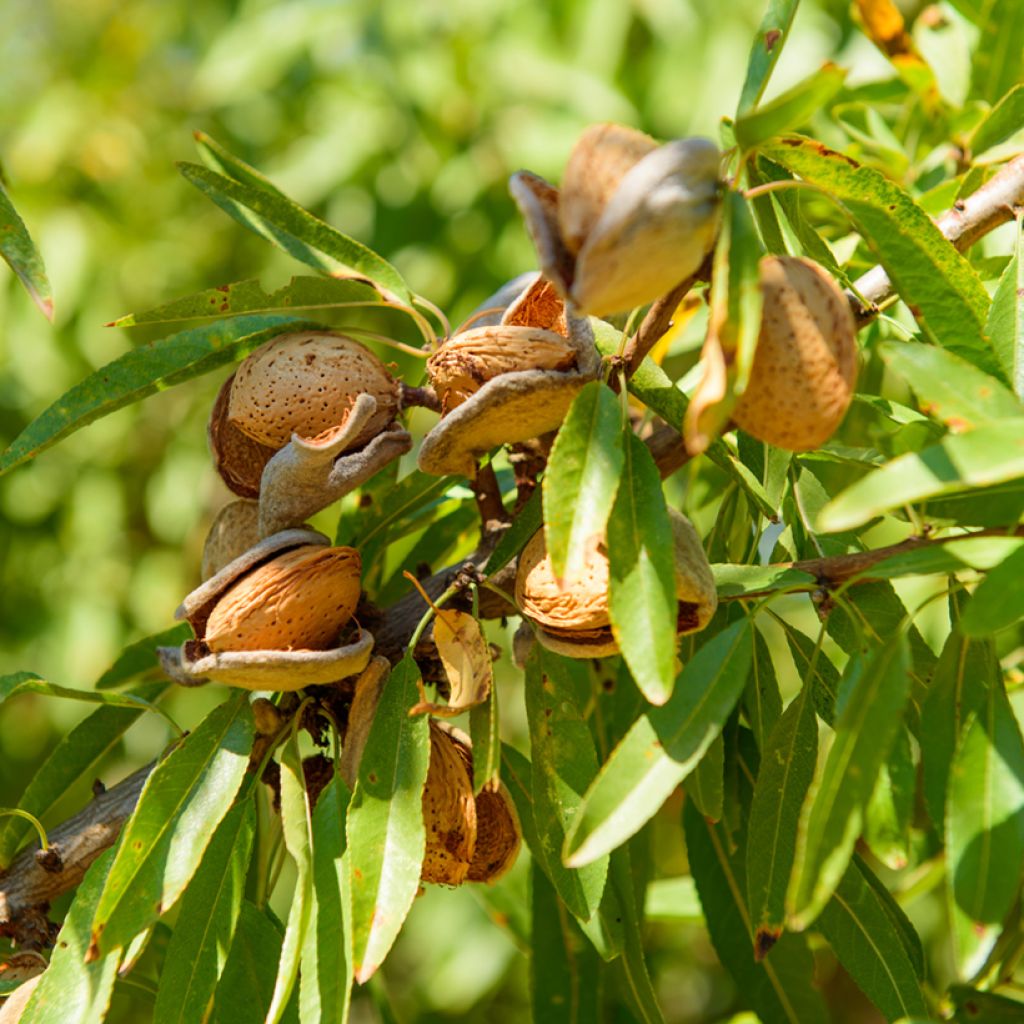

Prunus dulcis Marcona - Almond
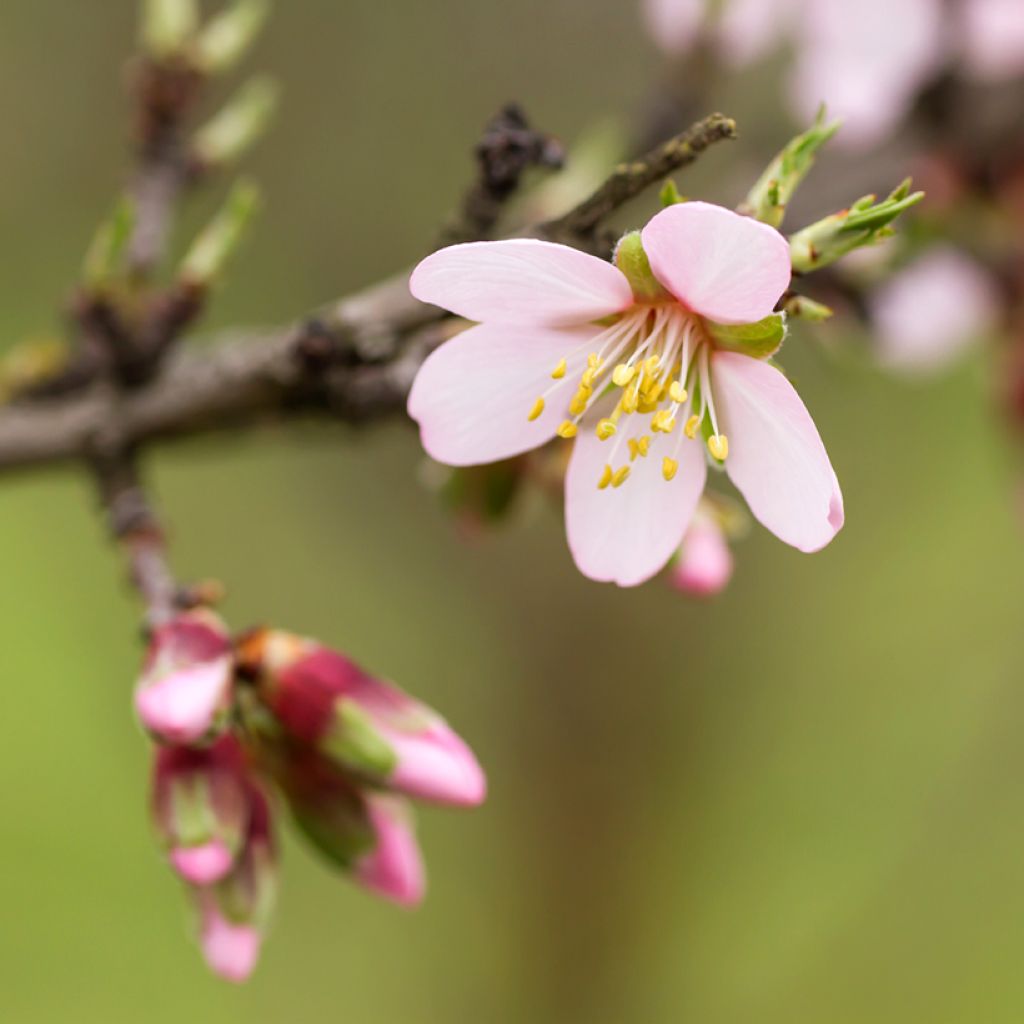

Prunus dulcis Marcona - Almond
Prunus dulcis Marcona - Almond
Prunus dulcis Marcona
Almond
Special offer!
Receive a €20 voucher for any order over €90 (excluding delivery costs, credit notes, and plastic-free options)!
1- Add your favorite plants to your cart.
2- Once you have reached €90, confirm your order (you can even choose the delivery date!).
3- As soon as your order is shipped, you will receive an email containing your voucher code, valid for 3 months (90 days).
Your voucher is unique and can only be used once, for any order with a minimum value of €20, excluding delivery costs.
Can be combined with other current offers, non-divisible and non-refundable.
Why not try an alternative variety in stock?
View all →This plant carries a 6 months recovery warranty
More information
We guarantee the quality of our plants for a full growing cycle, and will replace at our expense any plant that fails to recover under normal climatic and planting conditions.
Description
The Marcona almond tree (Prunus dulcis) is a Spanish-origin variety of almond tree renowned for the exceptional quality of its fruits. Dubbed the "queen of almonds", it is characterised by its high yield, late pink flowering in February, and resistance to diseases. Its almond, with a hard shell and rounded shape, offers a unique, sweet, and flavourful kernel, sought after in pastry-making and ideal for crafting Turron. Adapted to the Mediterranean climate, this fruit tree can also thrive in a large pot on a sunny terrace.
The almond tree (Prunus dulcis), belonging to the Rosaceae family, originates from Western Asia, particularly regions extending to Persia and North Africa. It is cultivated and often naturalised throughout the South of France and in wine-growing areas. Growing in neutral to calcareous, stony, and dry soils, the almond tree is a nut-bearing fruit tree relatively easy to cultivate in its preferred climate, requiring minimal maintenance.
The 'Marcona' variety is an ancient Spanish variety, originating from the province of Alicante. It is famed for its high productivity and quick fruiting, typically after 5 years of cultivation. The 'Marcona' almond tree forms a tree with an open and spreading habit, reaching a height of 4 to 6 m with a slightly smaller spread. Its growth is rapid. The deciduous leaves are elliptical, lanceolate, measuring between 8 and 13 cm in length, with finely toothed edges and a glossy surface. Young shoots are initially green, turning greyish with age.
The 'Marcona' almond tree flowers in late February or early March, offering pink flowers, solitary or grouped in pairs, 3 to 4 cm in diameter. These flowers appear before the bud burst period of the leaves, giving the tree a spectacular appearance in early spring. They attract the season's first pollinators. The fruit is an oblong and compressed drupe, covered with a velvety green skin that dries and opens when ripe to release the stone. The shell is hard, effectively protecting the kernel from external damage. 'Marcona' almonds are rounded in shape and sweet in flavour. The kernel is always singular, as this variety does not produce twins.
The 'Marcona' variety is not self-fertile and requires the presence of compatible pollinators to ensure good fruiting. Varieties such as 'Texas', 'Ferraduel', 'Fournat de Breznaud', 'Guara', 'Filippo', 'Béraude', or 'Tournefort' are recommended as pollinators.
Harvest: 'Marcona' almonds reach full ripeness between late August and October, depending on local climate conditions. The harvest of dry almonds takes place when the hull, the green envelope surrounding the shell, cracks and begins to open. At this stage, the almonds can be picked directly from the tree or gathered after falling to the ground. After harvest, it is recommended to hull the almonds, then dry them in the sun on a sieve or aerated surface to reduce their moisture content and ensure good preservation.
In cooking: 'Marcona' almonds are sought after for their sweet and mild flavour. They are commonly used in pastry-making for crafting nougats, dragées, and pralines, particularly for the famous Spanish 'Turron'. Additionally, they can be consumed fresh, dried, or incorporated into various culinary preparations, adding a refined touch to desserts and dishes.
In the garden: The almond tree excels in a Mediterranean orchard or a natural garden with Mediterranean fruit species such as the Japanese medlar, the fig tree, the strawberry tree, and pomegranate trees. You can also surround it with rockroses, lavenders, and rosemary.
Prunus dulcis Marcona - Almond in pictures


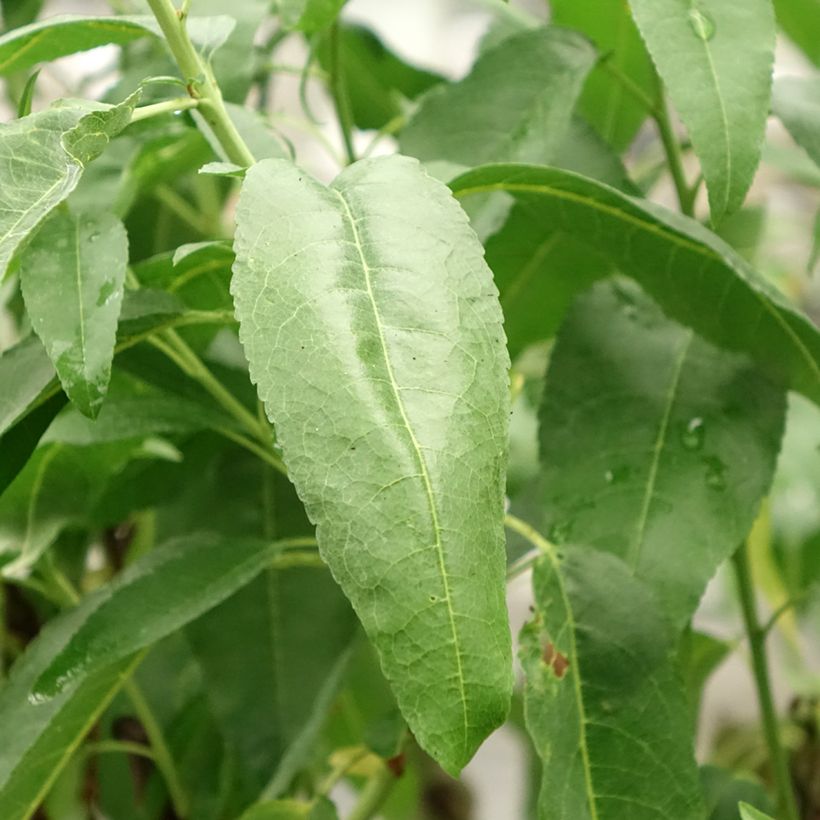

Plant habit
Fruit
Flowering
Foliage
Botanical data
Prunus
dulcis
Marcona
Rosaceae
Almond
Amygdalus communis, Prunus amygdalus, Prunus dulcis var. amara
Mediterranean
Other Almond trees
View all →Planting and care
Preferably plant your 'Marcona' Almond tree in autumn; if replacing an existing tree, avoid planting it in the same spot as a previous Almond tree. Almond trees require well-drained, even stony soil and thrive in limestone-rich ground. Their resistance to summer drought is excellent. However, clay soils that retain moisture are very harmful, as they can lead to fungal development at the root level and the rapid death of the tree.
Limit pruning to light thinning in winter to encourage the formation of new shoots in spring. Remove any dead wood and crossing branches. For the first 3 or 4 years, you may prune more severely to promote the development of 4 or 5 main scaffold branches, creating a traditional goblet-shaped habit common in fruit tree cultivation. You can harvest your almonds fresh or dried, depending on your preference.
Planting period
Intended location
Care
Planting & care advice
This item has not been reviewed yet - be the first to leave a review about it.
Similar products
Haven't found what you were looking for?
Hardiness is the lowest winter temperature a plant can endure without suffering serious damage or even dying. However, hardiness is affected by location (a sheltered area, such as a patio), protection (winter cover) and soil type (hardiness is improved by well-drained soil).

Photo Sharing Terms & Conditions
In order to encourage gardeners to interact and share their experiences, Promesse de fleurs offers various media enabling content to be uploaded onto its Site - in particular via the ‘Photo sharing’ module.
The User agrees to refrain from:
- Posting any content that is illegal, prejudicial, insulting, racist, inciteful to hatred, revisionist, contrary to public decency, that infringes on privacy or on the privacy rights of third parties, in particular the publicity rights of persons and goods, intellectual property rights, or the right to privacy.
- Submitting content on behalf of a third party;
- Impersonate the identity of a third party and/or publish any personal information about a third party;
In general, the User undertakes to refrain from any unethical behaviour.
All Content (in particular text, comments, files, images, photos, videos, creative works, etc.), which may be subject to property or intellectual property rights, image or other private rights, shall remain the property of the User, subject to the limited rights granted by the terms of the licence granted by Promesse de fleurs as stated below. Users are at liberty to publish or not to publish such Content on the Site, notably via the ‘Photo Sharing’ facility, and accept that this Content shall be made public and freely accessible, notably on the Internet.
Users further acknowledge, undertake to have ,and guarantee that they hold all necessary rights and permissions to publish such material on the Site, in particular with regard to the legislation in force pertaining to any privacy, property, intellectual property, image, or contractual rights, or rights of any other nature. By publishing such Content on the Site, Users acknowledge accepting full liability as publishers of the Content within the meaning of the law, and grant Promesse de fleurs, free of charge, an inclusive, worldwide licence for the said Content for the entire duration of its publication, including all reproduction, representation, up/downloading, displaying, performing, transmission, and storage rights.
Users also grant permission for their name to be linked to the Content and accept that this link may not always be made available.
By engaging in posting material, Users consent to their Content becoming automatically accessible on the Internet, in particular on other sites and/or blogs and/or web pages of the Promesse de fleurs site, including in particular social pages and the Promesse de fleurs catalogue.
Users may secure the removal of entrusted content free of charge by issuing a simple request via our contact form.
The flowering period indicated on our website applies to countries and regions located in USDA zone 8 (France, the United Kingdom, Ireland, the Netherlands, etc.)
It will vary according to where you live:
- In zones 9 to 10 (Italy, Spain, Greece, etc.), flowering will occur about 2 to 4 weeks earlier.
- In zones 6 to 7 (Germany, Poland, Slovenia, and lower mountainous regions), flowering will be delayed by 2 to 3 weeks.
- In zone 5 (Central Europe, Scandinavia), blooming will be delayed by 3 to 5 weeks.
In temperate climates, pruning of spring-flowering shrubs (forsythia, spireas, etc.) should be done just after flowering.
Pruning of summer-flowering shrubs (Indian Lilac, Perovskia, etc.) can be done in winter or spring.
In cold regions as well as with frost-sensitive plants, avoid pruning too early when severe frosts may still occur.
The planting period indicated on our website applies to countries and regions located in USDA zone 8 (France, United Kingdom, Ireland, Netherlands).
It will vary according to where you live:
- In Mediterranean zones (Marseille, Madrid, Milan, etc.), autumn and winter are the best planting periods.
- In continental zones (Strasbourg, Munich, Vienna, etc.), delay planting by 2 to 3 weeks in spring and bring it forward by 2 to 4 weeks in autumn.
- In mountainous regions (the Alps, Pyrenees, Carpathians, etc.), it is best to plant in late spring (May-June) or late summer (August-September).
The harvesting period indicated on our website applies to countries and regions in USDA zone 8 (France, England, Ireland, the Netherlands).
In colder areas (Scandinavia, Poland, Austria...) fruit and vegetable harvests are likely to be delayed by 3-4 weeks.
In warmer areas (Italy, Spain, Greece, etc.), harvesting will probably take place earlier, depending on weather conditions.
The sowing periods indicated on our website apply to countries and regions within USDA Zone 8 (France, UK, Ireland, Netherlands).
In colder areas (Scandinavia, Poland, Austria...), delay any outdoor sowing by 3-4 weeks, or sow under glass.
In warmer climes (Italy, Spain, Greece, etc.), bring outdoor sowing forward by a few weeks.






























